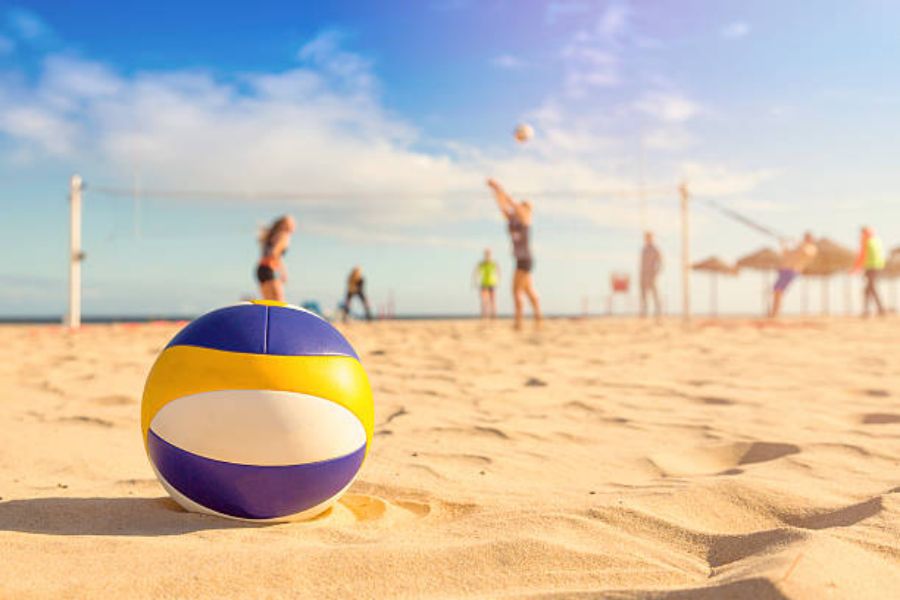Table of Contents

The Basics of Volleyballs
If you are planning to buy a volleyball, it's important to understand the difference between different volleyballs. Volleyball is one of the most popular sports in the world and requires a unique type of ball that can handle the constant impacts and consistent play. In this article, we will look at different factors that distinguish one volleyball from another.
1. Indoor vs. Outdoor Volleyballs
The first and most significant difference in volleyball is whether it's designed for indoor or outdoor play. Indoor volleyballs are typically made of leather or synthetic leather, while outdoor volleyballs have a more durable rubber cover. The stitching on outdoor volleyballs is also different to withstand the elements and rough surfaces.
2. Size and Weight
Another important factor that sets volleyballs apart is their size and weight. The standard size of a volleyball is between 65-67 centimeters in circumference, weighing anywhere from 260-280 grams. Volleyballs designed for youth and juniors may be smaller and lighter, while professional volleyballs may be a bit heavier.
3. Pressure
The pressure of a volleyball also plays an essential role in its playability. The standard pressure range for a volleyball is between 4.26 and 4.61 PSI, but beach volleyballs are designed to be lower in pressure because of the softer environment in which they are played.
4. Material
The type of material used in the makeup of a volleyball can impact its performance significantly. Indoor volleyballs usually use leather or synthetic leather, while outdoor volleyballs are mostly made of rubber. Some volleyballs may be made of high-quality composite materials that provide greater durability and eliminate the need for excessive inflation.
5. Panels
The number of panels on a volleyball can have a significant impact on its trajectory and overall feel. The most common number of panels on volleyballs is 18, but some may have as few as eight and others as many as 32, depending on the manufacturer. Higher panel volleyballs tend to move less, while those with fewer panels offer a better touch.
6. Brand and Type
Choosing a brand and type of volleyball can be overwhelming with so many choices available, but it's important to consider your specific needs and playing environment. Volleyballs from reputable brands like Mikasa, Tachikara, and Molten, are used at various levels of play and offer specific features to accommodate indoor or outdoor settings.
7. Beach vs. Indoor Volleyballs
Beach volleyballs and indoor volleyballs may look similar, but they have significant differences. For example, beach volleyballs are typically softer, and the stitching is designed to help sand clear out of the ball quickly. Additionally, beach volleyballs can be filled with water to help weigh them down and reduce wind interference.
8. Color
The color of a volleyball may seem like a minor detail, but it can impact the ball's visibility and performance, especially for indoor play. White volleyballs are the most common and used for competitive play, while brightly colored volleyballs are popular among recreational players.
9. Price
The cost of a volleyball varies depending on the quality, brand, and type. Generally speaking, indoor volleyballs tend to be more expensive than outdoor volleyball, with high-end volleyballs costing over $100. However, many affordable options exist that still provide quality play at a lower cost.
10. Maintenance
Finally, it's essential to consider the maintenance required to keep a volleyball in good condition. Proper inflation, cleaning, and storage are all critical to ensuring the ball lasts as long as possible. Always read the manufacturer's instructions to ensure proper care as some volleyballs may require special cleaning procedures or the use of specific detergents.
